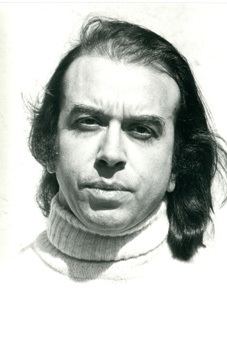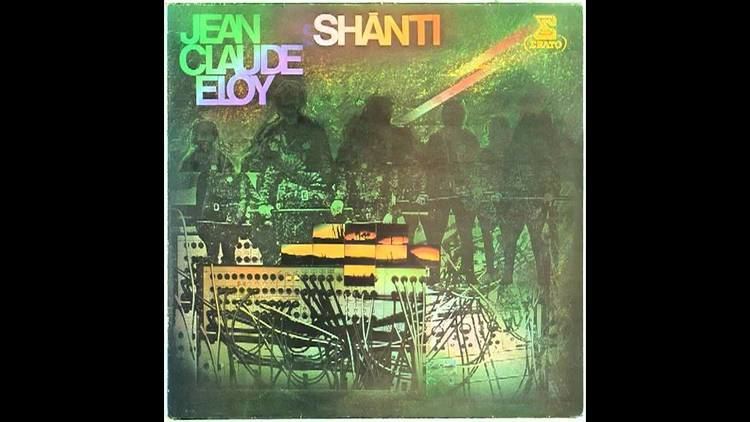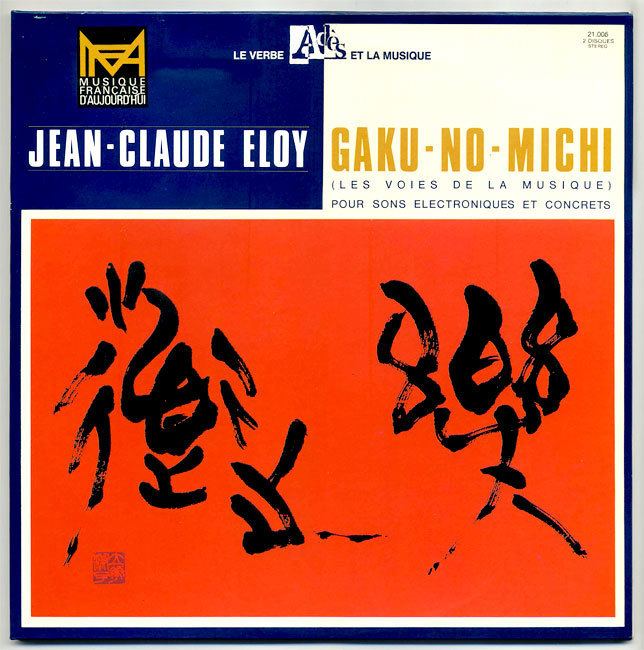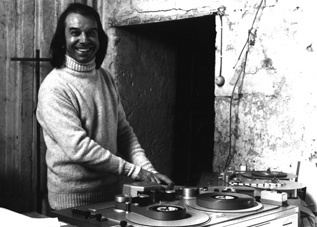Name Jean-Claude Eloy Role Composer | Education Conservatoire de Paris | |
 | ||
Albums Gaku-No-Michi, Yo-In, Anahata, Messiaen: 7 Haikai / Eloy: Equivalences / Pousseur: Madrigal III, Shanti Similar People | ||
Music director The Nun, L\'Amour fou | ||
Jean claude eloy shanti pr monitions 1973
Jean-Claude Éloy (born 15 June 1938) is a French composer of instrumental, vocal and electroacoustic music.
Contents
- Jean claude eloy shanti pr monitions 1973
- Jean claude eloy gaku no michi tokyo 1978
- Biography
- Style and technique
- Works selection
- Jean claude loy k makal le triangle des energies
- Songs
- References
Jean claude eloy gaku no michi tokyo 1978
Biography

Jean-Claude Éloy was born in Mont-Saint-Aignan near Rouen. He studied composition with Darius Milhaud at the Paris Conservatory, where he also was awarded four premier prix, in piano (1957), in chamber music (1958), in counterpoint (1959), and in ondes Martenot (1960). During this same period he attended the Darmstädter Ferienkurse in 1957, 1960, and 1961, where he studied with Henri Pousseur, Hermann Scherchen, Olivier Messiaen, Pierre Boulez, and Karlheinz Stockhausen. In 1961 he also studied with Boulez at the City of Basel Music Academy. In 1966 he joined the faculty of the University of California, Berkeley, where he taught until 1968. At Stockhausen's invitation, he spent 1972–73 working at the Studio for Electronic Music (WDR) in Cologne, where he produced Shânti (revised in 1974), for electronic and concrete sounds, in which he explored timbre and aspects of musical time.

In 1977 and 1978 Éloy spent long periods of time in Japan, realizing one of the high-points in his electronic-music output, the nearly four-hour-long Gaku-no-Michi (The Dào [Paths] of Music), at the Electronic Music Studio of NHK in Tokyo.

In the late 1980s Éloy embarked on a cycle of compositions collectively titled Libérations, focussing on women or the feminine principle, and developed in collaboration with exceptional vocalists such as Junko Ueda, Fátima Miranda, and Yumi Nara. Each work is devoted to one or another feminine figure from mythology, literature, or cultural history, and features female solo voices with instruments and/or electro-acoustics. The first two works of the cycle, Sappho Hikètis (The Imploring Sappho) and Butsumyôe (Ceremony of Repentance) were composed in 1989. These were followed in 1990–91 by Erkos (Hymn of Praise), then by Gaia Songs (1991–92), and finally Galaxies (Sigma version 1996). Although the cycle is in principle a "work in progress", after 1996 Eloy stopped composing, due to various problems. As of 2013 it was uncertain whether he would continue this cycle. In 2011 the composer decided to retitle the cycle Chants pour l'autre moitié du ciel [Songs for the Other Half of the Sky], subtitled Songs of Loneliness, of Supplication, of Revolt, of Celebrations, or of Prayers.
Style and technique

Through most of his career, Asian (especially Hindu) music and aesthetics have had a strong influence on Éloy's music. In some earlier works, Fibonacci numbers played a part—in a very obvious way in Équivalences, where fermatas are assigned values of ½, 1, 1½, 2½, 4, and 6½ seconds, and disguised by arbitrary arithmetic transformations in the rhythms of the withdrawn composition Macles.
Regarding Équivalences (1963), the composer stated

The title refers to numerous aspects of the piece and should be interpreted in the sense of an equilibrium between contrasting forces. In the simplest terms, there is the deployment of musical instruments: A triple symmetry in an arc formed by 6 percussionists, 3 groups of winds and piano-celesta with harp. On a higher plane, we may regard it as a depiction of the contrasting elements that make up the work: density: zero to maximum; registers: fixed to mobile; coordination: absolute to relative, etc. The whole form itself reflects these oppositions, this dialectic play, whence derives a contrasting sonority, an extension of the dynamic field.

Certain structures are variable from one performance to another, utilizing modifiable intensities that affect mainly the duration of the percussion instruments' resonances. To illustrate: a contrast is created between wind instruments producing long held sounds on the one hand, and on the opposite side are percussion instruments, piano, harp, etc., producing sounds of rapid growth and decay. Bit by bit, these sounds are drawn closer until they are confronted. The movement continues until the sounds are at their initial state, but on opposite sides: the winds producing "pointed" sounds, while the percussion instruments, by means of complicated trills, etc., produce long held sounds. Henri Pousseur describes this development as an "arc of duration".
Works (selection)
- Butsumyôe ("La cérémonie du repentir"), for two female voices (sopranos with extended vocal techniques, using varied percussion instruments)
- Sappho hiketis ("Sappho implorante"), for two female voices (sopranos with extended vocal techniques), and electroacoustic music
Jean claude loy k makal le triangle des energies
Songs
PrémonitionsShânti · 1979
Son de MédiationShânti · 1979
VastitudeShânti · 1979
